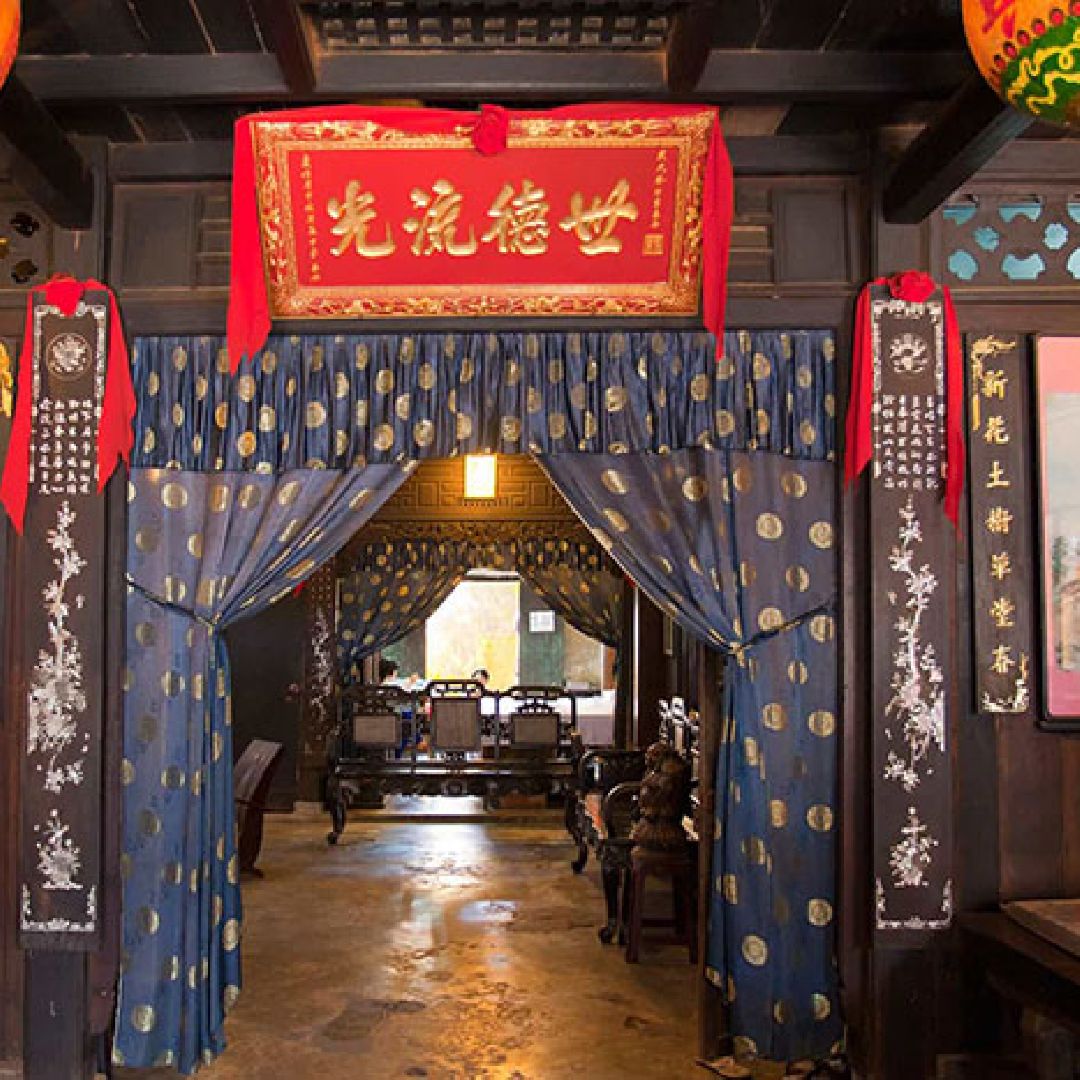Hoi An
It is a small city located on the coast of the South China Sea, in the central area of Vietnam, known for its ancient city, which is in good condition and is crossed by canals. In the 1st century, the city had the largest port in Southeast Asia located at the mouth of the Thu Bon River. During the 16th and 17th centuries, it was an important trading center in which the Chinese, Japanese, Dutch and Indians settled there. During this period of trade with China, the town was called Hai Pho (Coastal Town), which was originally a divided city; The Japanese settlement was on the other side of the Japanese bridge. The cosmopolitan history of the former port city is reflected in its architecture, a fusion of eras and styles, from temples and wooden Chinese shops to colorful French colonial buildings, to highly ornate Vietnamese tube houses and the striking Japanese covered bridge. In 1999, the ancient city was declared a World Heritage Site by UNESCO. Today, it is still a small city, although it attracts a large number of tourists. There are numerous internet cafes, bars and restaurants that have opened along the river bank.
Among its places of tourist interest we highlight:
- Japanese Bridge :One of the most important historical monuments in the city. Its construction lasted from 1593 to 1595. It is an 18-meter-long stone structure covered by a wooden roof built by the Japanese and the only bridge known to be linked on one side to a Buddhist pagoda. It divides two traditional neighborhoods, the Chinese and the Japanese. It is one of the few inhabited bridges in the world that is still preserved.
- Tan Ky House: It was built almost two centuries ago by a Chinese merchant and since then seven generations have lived in this property. It is one of the oldest and best preserved houses in the city and also the first to be classified as a national historical and cultural relic in 1985. The main façade faces the commercial street and the rear façade faces the Thu Bon River to facilitate entry and exit of goods. Inside, there are Vietnamese, Japanese and Chinese elements. It has four small windowless rooms filled with beautiful antiques. They are mainly made of wood by the brilliant craftsmen of Kim Bong, a traditional craft village located at the gates of Hoi An. In addition, you can admire magnificent ceramics from the Thanh Hoa pottery village near Hoi An but also from the famous pottery village from Bat Trang, near Hanoi.
- Phuc Kien Temple: It was originally a thatched pagoda called Kim Son, built by the Vietnamese who They lived in Hoi An in 1692, intended for the worship of Buddha. It was devastated by a storm and in its place, the temple was built in 1697 by families of the Ming dynasty from Fujian in China who settled in Hoi An to take advantage of the prosperity of this commercial port that was on the maritime trade routes between China. , Southeast Asia, India, the Middle East and also Europe. Famous for its magnificent beauty, splendor and majesty, it is a grand space with unique and refined Chinese architecture. It was dedicated to the sea goddess, Thien Hau, to attract the good genies of the sea. There are two protective figures: Thien Ly Nhan, with a green face, whose sight reaches a thousand places, and Thuan Phong Nhi, with a red face, whose hearing reaches a thousand places. It has a majestic bright pink portico. Its design and architecture contains many animal symbols and 3 altars in its backyard.
Programs at Hoi An

Exotic Vietnam

Super Vietnam

Landscapes and ethnicities of Vietnam

Super Vietnam and Cambodia
What to see in Hoi An?
Japanese bridge in Hoi An
Tan Ky House
Phuc Kien Temple
